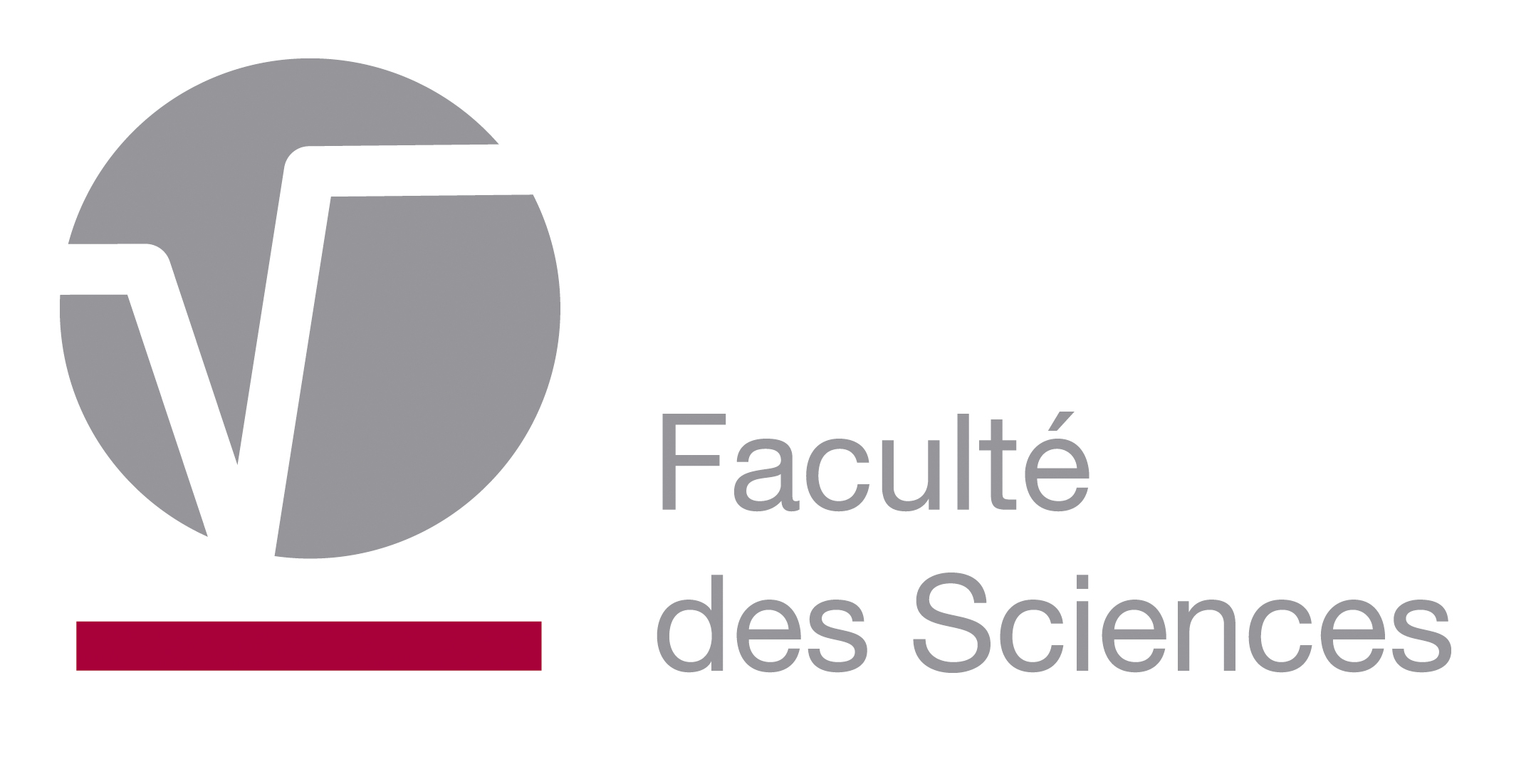 | Study programme 2020-2021 | Français | |
 | Newtonian and Relativistic Mechanics | ||
Programme component of Bachelor's in Physics à la Faculty of Science |
| Students are asked to consult the ECTS course descriptions for each learning activity (AA) to know what special Covid-19 assessment methods are possibly planned for the end of Q3 |
|---|
| Code | Type | Head of UE | Department’s contact details | Teacher(s) |
|---|---|---|---|---|
| US-B2-SCPHYS-007-M | Compulsory UE | SEMAY Claude | S824 - Physique nucléaire et subnucléaire |
|
| Language of instruction | Language of assessment | HT(*) | HTPE(*) | HTPS(*) | HR(*) | HD(*) | Credits | Weighting | Term |
|---|---|---|---|---|---|---|---|---|---|
| Français | 55 | 55 | 0 | 0 | 0 | 11 | 11.00 | Année |
| AA Code | Teaching Activity (AA) | HT(*) | HTPE(*) | HTPS(*) | HR(*) | HD(*) | Term | Weighting |
|---|---|---|---|---|---|---|---|---|
| S-PHYS-011 | Newtonian and Relativistic Mechanics (part A) | 25 | 25 | 0 | 0 | 0 | Q1 | |
| S-PHYS-811 | Newtonian and Relativistic Mechanics (part B) | 30 | 30 | 0 | 0 | 0 | Q2 |
| Programme component |
|---|
Objectives of Programme's Learning Outcomes
- Understand the fundamentals
- Have a good knowledge and understanding of the basic principles of physics and of the role of models and theories.
- Demonstrate knowledge and understanding of mathematics suitable for the study of physics, and be able to use this mathematics in applications in the field of physics
- Undertake further study having already acquired and enhanced the necessary learning skills
- Have a rigorous scientific approach
- Solve simple problems in the context of physics by identifying their basic aspects and by using both appropriate theoretical and experimental methods
Learning Outcomes of UE
Master techniques of tensor calculus
Work with different coordinate systems
Understand the basic principles of special relativity
Solve simple problems in the framework of special relativity
Understand the basic principles of newtonian mechanics
Solve simple problems in the framework of newtonian mechanics
Content of UE
Tensor calculus
Vector spaces
Tensors and tensor product
Scalar and vector products
Systems of coordinates
Differential operators
Special relativity
Space, time and mass
Lorentz transformations
Lorentz diagrams
Time dilation and length contraction
Minkowski space-time
4-vectors
Equivalence of mass and energy
Particle collisions
Newtonian mechanics
Linear motion
Energy and angular momentum
Central forces: orbits
Central forces: scattering
Rotating frames
Two-body and N-body problems
Rigid bodies
Small oscillations
Prior Experience
Not applicable
Type of Assessment for UE in Q1
- Oral examination
- Written examination
Q1 UE Assessment Comments
Written (exercices): 40%
Oral (theory): 60% (can only be presented if the written exam is presented)
Part Q1 : 50% of the UE
Type of Assessment for UE in Q2
- Oral Examination
- Written examination
Q2 UE Assessment Comments
Written (exercices): 40%
Oral (theory): 60% (can only be presented if the written exam is presented)
Part Q2 : 50% of the UE
Type of Assessment for UE in Q3
- Oral examination
Q3 UE Assessment Comments
Not applicable
Type of Resit Assessment for UE in Q1 (BAB1)
- N/A
Q1 UE Resit Assessment Comments (BAB1)
Not applicable
Type of Teaching Activity/Activities
| AA | Type of Teaching Activity/Activities |
|---|---|
| S-PHYS-011 |
|
| S-PHYS-811 |
|
Mode of delivery
| AA | Mode of delivery |
|---|---|
| S-PHYS-011 |
|
| S-PHYS-811 |
|
Required Reading
| AA | |
|---|---|
| S-PHYS-011 | |
| S-PHYS-811 |
Required Learning Resources/Tools
| AA | Required Learning Resources/Tools |
|---|---|
| S-PHYS-011 | Not applicable |
| S-PHYS-811 | Not applicable |
Recommended Reading
| AA | |
|---|---|
| S-PHYS-011 | |
| S-PHYS-811 |
Recommended Learning Resources/Tools
| AA | Recommended Learning Resources/Tools |
|---|---|
| S-PHYS-011 | C. Semay et B. Silvestre-Brac, Introduction au calcul tensoriel, Dunod, 2007 (disponible en bibliothèque) C. Semay et B. Silvestre-Brac, Relativité restreinte, Dunod, 2010 (disponible en bibliothèque) |
| S-PHYS-811 | Tom Kibble and Frank Berkshire, Classical mechanics, Imperial College Press, 2004 (available in library) |
Other Recommended Reading
| AA | Other Recommended Reading |
|---|---|
| S-PHYS-011 | Not applicable |
| S-PHYS-811 | Not applicable |